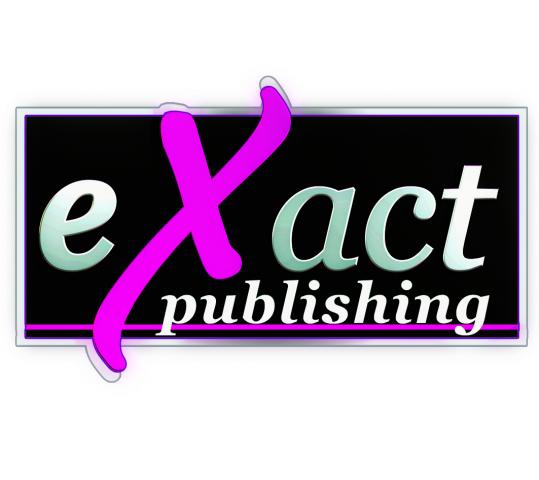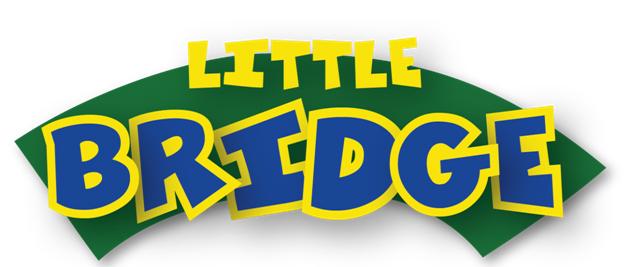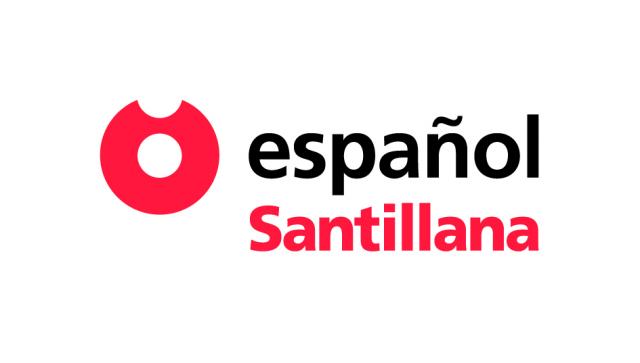






How do you think current technological means help in a foreign language teaching and learning?
Software can provide the visual and auditory context that ‘real’ language normally has and that is too often lacking in the artificial learning situation. So a high level of interactivity can really engage the learner and not only give immediate feedback to every choice they make but also offer support when it’s required. Interactive whiteboards can provide an excellent focus for teaching, bringing the outside world and a different culture into the classroom together with the language itself. It can also make lots of group activities - like singing – become even more fun. Having a learning management system is motivating for learners and invaluable for teachers. And mobile technology is rapidly becoming a part of everyday life – so education must adapt and accommodate this too – and use it to great advantage for learning.
They are uniquely effective, yes. And they are a complement to (not a replacement for) other, more traditional means - for example, reading, group games, etc. They are uniquely engaging too, which educators should use in order to become more effective in what they want to achieve. And the possibilities they offer for continuing, independent learning, outside lesson time, are hugely important, not least because one of the key requirements of making progress in any language is getting lots of useful, stimulating practice.
What is the aim of the Little Bridge series?
1 To make students want to learn
2 To make learning a pleasure
3 To help them learn successfully
4 To give them a confidence and ease in using the language
5 To provide teachers with a really exciting resource and effective teaching tool.
It was the desire to bring together my experience of writing fiction and poetry for children with that of teaching languages. I see Little Bridge as a bridge between:
-the learner and the English speaking world
-technology and traditional resources
-school and home
-work and play
It’s about putting language in context and above all making it feel ‘natural’. It is also a rich imaginary world of characters, situations and relationships where children can identify not only with the fun and excitement but also with the frustrations and anxieties of being young. It’s about creating a place, whose language of communication is English, where all children feel at home, comfortable and curious to know more.
In what ways is Little Bridge different and unique and what does it bring to a class?
Often the first thing people notice is the huge variety of activity types, so there are always surprises to discover and new things to do. Then there is the quality of the graphics, from the hundreds of 3D animations and to the virtual reality. these days, children have high expectations and learning materials need to live up to them! Moreover, the close and complex interrelationship of the print and the software keeps children interested in different ways and ensures they develop key skills. With Little Bridge, children are keen to find out what is coming next. The learning (new words, new grammar) emerges out of the situations and stories. The language is a means to an end and never an end in itself.
How does it help students to learn and in what ways does it support teachers?
Enjoyment, for both students and teachers, is key to the Little Bridge approach and is the way to deliver success. If you want learners to listen and to read things, you have to make sure they’re really worth reading and listening to! So the quality of material for education, both content and methodology, is vital. We have underpinned this innovative resource with really sound pedagogy and we have made sure that it speaks to people in this rapidly evolving, digital world. Specifically for the teacher (including non-specialists) the Teacher’s Guide should offer real support and ideas in practical, common sense language. But it should be inspirational too, which is what we’ve aimed to provide in Little Bridge.The Learning Management System is a powerful tool. It keeps an updated record of every child’s progress, activity by activity and question by question, which can help the teacher both plan for the whole class and at the same time identify individual needs. It can provide invaluable insights on progress, which can be shared with students and parents too.
Paul Rogers interview to ELT news, September 2011





